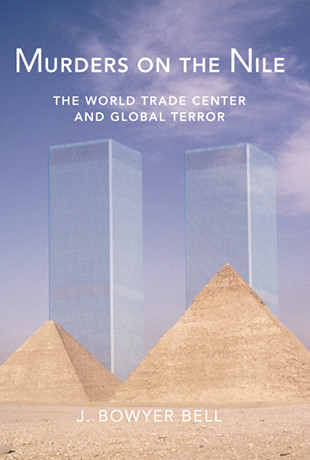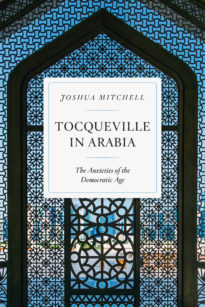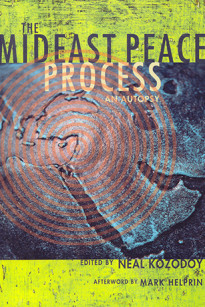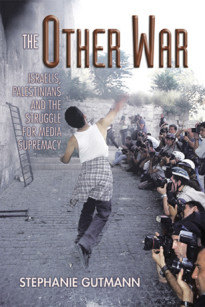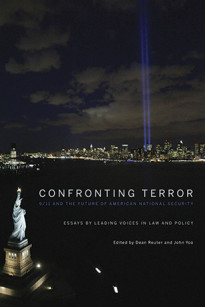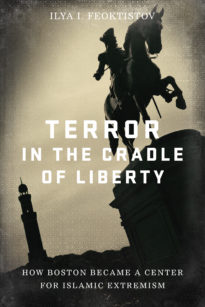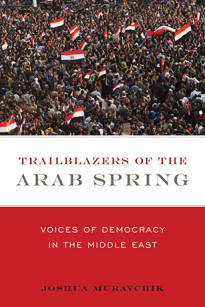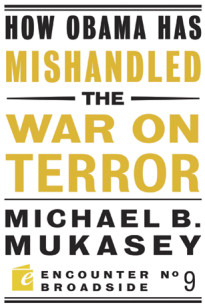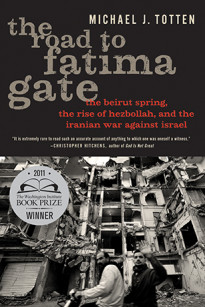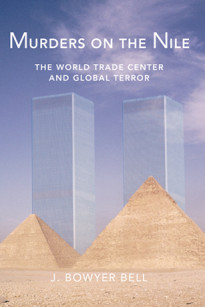J. Bowyer Bell’s story begins a century ago in Egypt, the cradle of Muslim discontent. Held hostage by foreign imperialists and local despots for generations, the country limped toward modernity after World War I, but by the time of the corrupt King Farouk in the 1940s, organizations such as the Muslim Brotherhood were actively opposing secularization. Allah was their answer to all the vexing questions of the modern world. Assassination was the preferred means for causing social change.
For the next fifty years, clerics, sheiks and imams obsessed with the luminousness of absolute spiritual truths played an increasingly important role in Egyptian life. And the most zealous of these lethal idealists found in the idea of righteous murder—holy war—an appealing means of creating a perfect Islamic society free from the contaminating influence of the West. Willing to deploy terror to make their vision a reality, they murdered British soldiers and diplomats and local politicians. They tried to kill the “new Pharoah” Gamal Nasser and succeeded in killing his successor Anwar Sadat. When their attempt to build heaven on earth in Egypt was blocked by the military power of the government, they turned toward the rest of the Islamic world, where their message—incubated in the war in Afghanistan–found a receptive audience.
In describing this genealogy of terror, Bell focuses on Sheikh Omar Abdel Rahman, a blind preacher born in the tiny Egyptian town of who Fedemin whose uncompromising message of redemption through jihad made him a national figure and an enemy of the state. In the early 1990s Rahman came to America, “homeland of the Great Satan,” and began to preach in shabby walk ups and storefronts throughout the Muslim community. In the Islamist ferment of Egypt he had intrigued with Dr. Ayman Al Zawahiri, founder of the Egyptian Islamic Jihad, who became the personal physician and co-conspirator of Osama bin Laden. Now in the Islamist ferment of America he conspired with Ramzi Yousef, who designed the device used in the first World Trade Center bombing in 1993 and was later arrested in the Philippines after plotting to kill the Pope and conceiving a plan to blow up eleven American commercial jetliners in a one-day terrorist spectacular. Bell shows how that aborted plot was a first draft for 9/11 and how the embers of the first World Trade Center bombing finally led to the fire next time on a calm September morning eight years later.
Murders on the Nile takes us into a murky underworld of Egyptian exiles, Palestinian and Iranian militants, and Arabs waging jihad in Afghanistan—all of them joined together by a dream of violence, freedom and vengeance. By the beginning of the twenty first century, these Islamist zealots had filled their ranks with holy men and hijackers, charismatic preachers and street thugs. Their yearning for the paradise of an imagined past had become a conspiracy found only along the Nile but ultimately along the Hudson as well.
